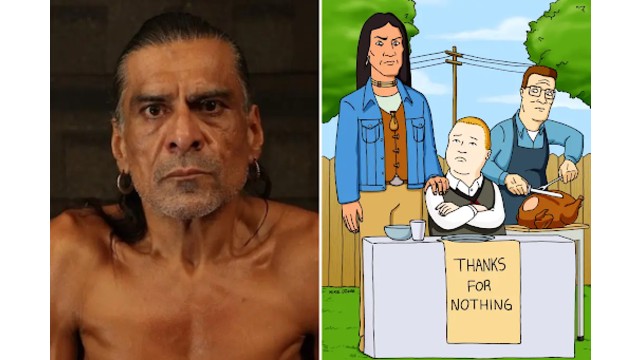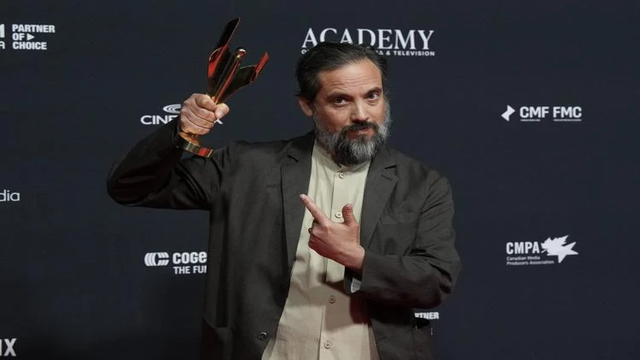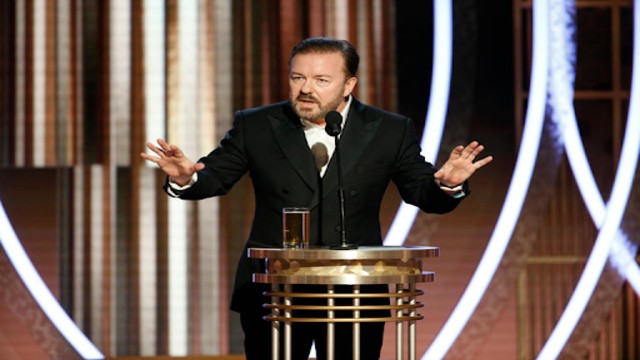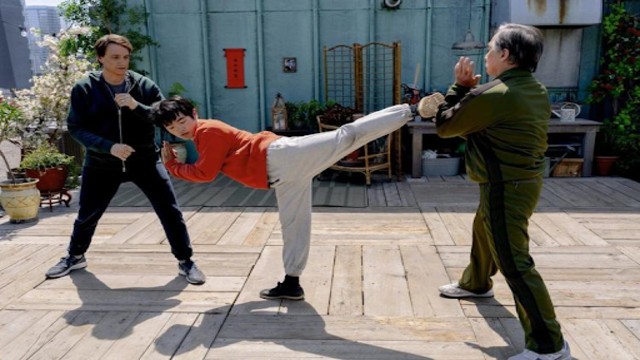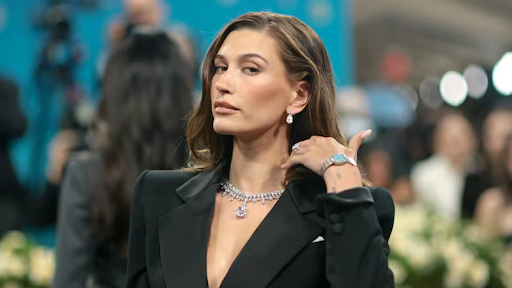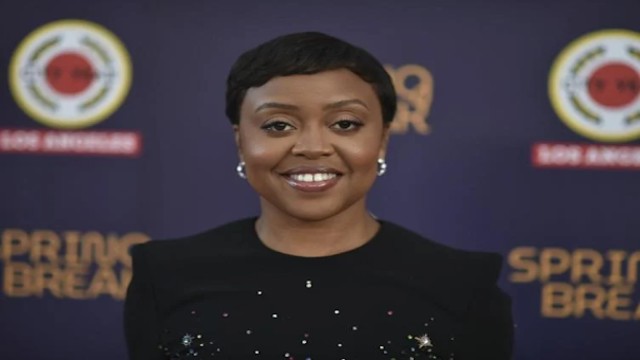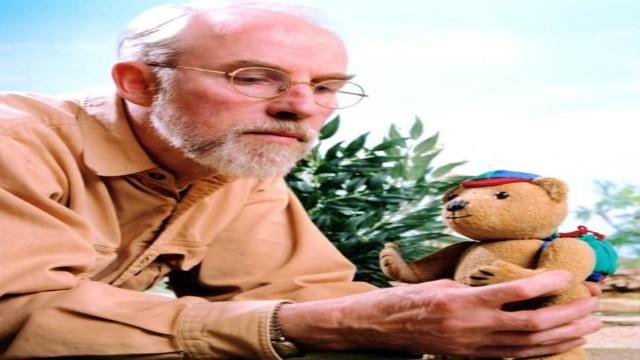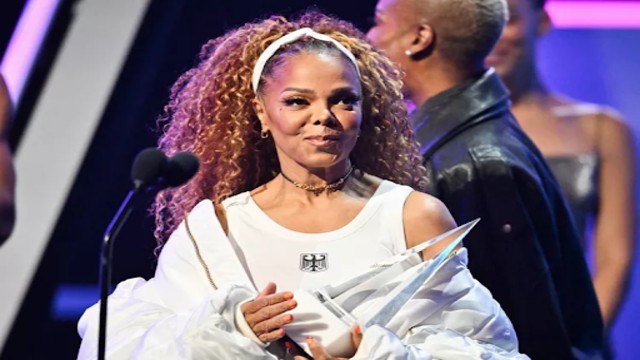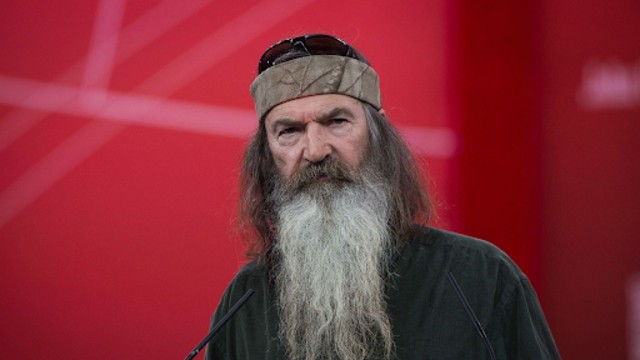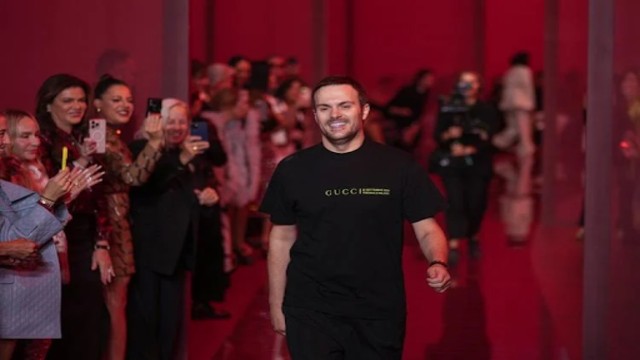
Sabato De Sarno, creative director of Gucci, accepts applause after the Gucci Spring Summer 2025 collection, which was presented in Milan, Italy, Sept.20, 2024 (AP Photo)
Gucci’s creative director, Sabato De Sarno, departs just weeks before the brand’s highly anticipated Milan Fashion Week showcase. The fashion house confirmed on Thursday that its upcoming collection, set to debut on February 25, will be crafted by the in-house design team. The search for a new creative leader is underway, with an official announcement expected at a later date.
Leadership Shift Amid Business Challenges
Stefano Cantino, Gucci’s recently appointed CEO, acknowledged De Sarno’s contributions in preserving the brand’s craftsmanship and legacy. Meanwhile, Kering’s deputy CEO, Francesca Bellettini, credited him with strengthening the label’s core identity. Despite these acknowledgments, Gucci has faced financial setbacks, with its revenue dropping by 26% in the third quarter of 2023. Parent company Kering, which saw an overall revenue decline of 15%, is set to release its full-year earnings report next week.
De Sarno’s Short-Lived Tenure
De Sarno, 42, took on the role nearly two years ago following the unexpected exit of Alessandro Michele. Michele had reshaped Gucci’s image with his gender-fluid, avant-garde designs, propelling both sales and brand recognition. In contrast, De Sarno’s approach focused on minimalist silhouettes and wearable essentials, aimed at broadening the label’s appeal. However, the shift failed to meet commercial expectations, contributing to declining sales.
A Brand Known for Bold Changes
Gucci has a history of making unexpected leadership changes. A similar scenario unfolded in 2015 when Frida Giannini’s exit was announced just before a major menswear event. Alessandro Michele, then a key part of the Gucci team, stepped in with a last-minute collection that introduced his now-iconic aesthetic.
Founded in Florence over a century ago, Gucci has continually reinvented itself under different creative visions. From Tom Ford’s daring styles in the 1990s to Michele’s eclectic romance in recent years, the brand has remained a focal point of high fashion. Now, with another transition on the horizon, the industry eagerly awaits its next creative direction.
Industry-Wide Creative Shifts
Gucci’s leadership change comes at a time of significant creative movement across major luxury houses. Kim Jones recently stepped down from his role at Dior’s menswear division, reflecting a broader trend of leadership reshuffles within the fashion industry.
As Gucci prepares for its upcoming showcase in Milan, the fashion world will be watching closely to see how the brand navigates this pivotal moment.


